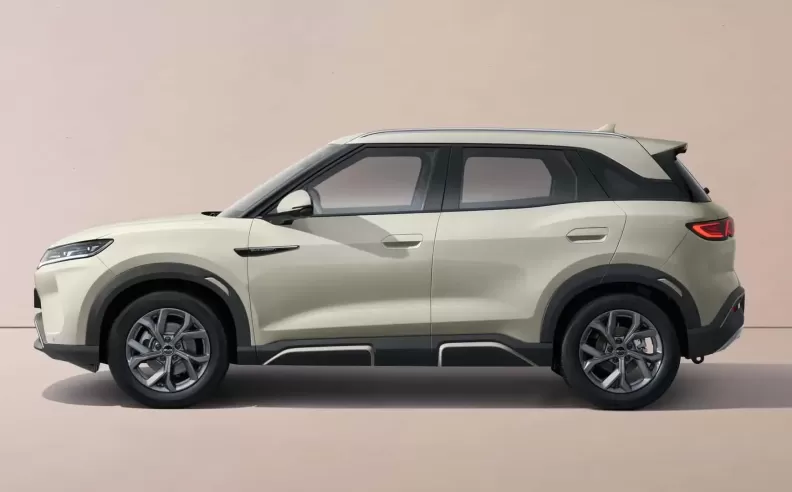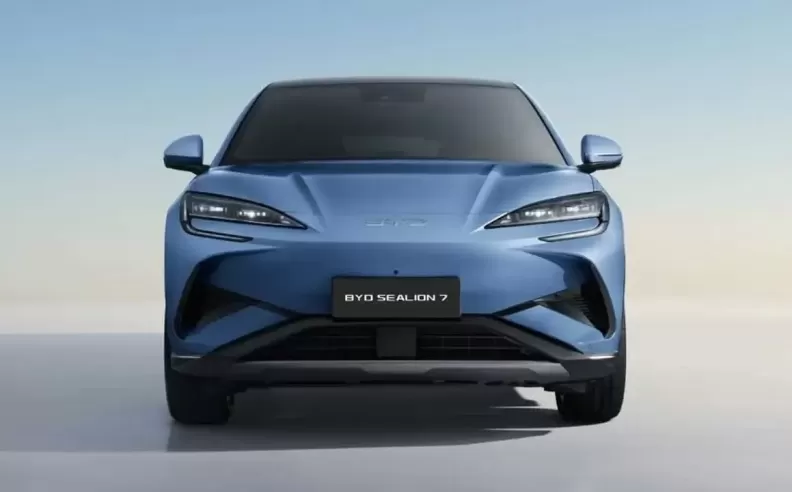
While Western media often focuses on Chinese carmakers pushing into Europe and the US, the real story is unfolding elsewhere. In emerging markets across Asia, Africa, and Latin America, Chinese brands are quietly taking over. Their formula is simple: offer affordable vehicles, especially electric ones, in regions where price matters most. With brands like BYD, GWM, and Changan leading the charge, the shift is already visible in countries from Brazil to Indonesia.

The main reason is price. Chinese vehicles undercut their Japanese, Korean, and European rivals by thousands of dollars, especially in the electric segment. Consumers in developing economies are more price sensitive, and Chinese brands are giving them modern tech, electric options, and solid design at a better value.
Electric vehicles from Chinese makers have played a big role. While other manufacturers focus their EV push on high end markets, Chinese automakers are building compact and budget friendly EVs that appeal to everyday drivers. This approach is working across multiple countries, from small hatchbacks to family crossovers.
Legacy brands like Toyota, Nissan, Mitsubishi, Renault, and Ford are being squeezed. In Brazil, Chinese market share rose from 6.8 percent to 9.1 percent year over year. In Australia, it jumped to nearly 17 percent. Ukraine saw BYD leap from 3 percent to 7.7 percent.
Other shifts are even more dramatic. In Thailand, Chinese brands now hold 32.4 percent of the market. In Chile, it's 30.9 percent. In Israel, 32 percent. These are not small trends. They’re reshaping the automotive landscape.
In Colombia, BYD entered the top 10 list, pushing Ford out. In Indonesia, it climbed to sixth place. Even in the UAE and South Africa, Chinese carmakers are holding over 15 percent market share.

Started my career in Automotive Journalism in 2015. Even though I'm a pharmacist, hanging around cars all the time has created a passion for the automotive industry since day 1.
